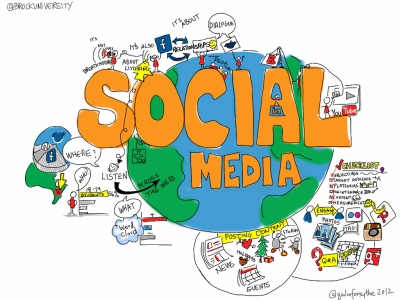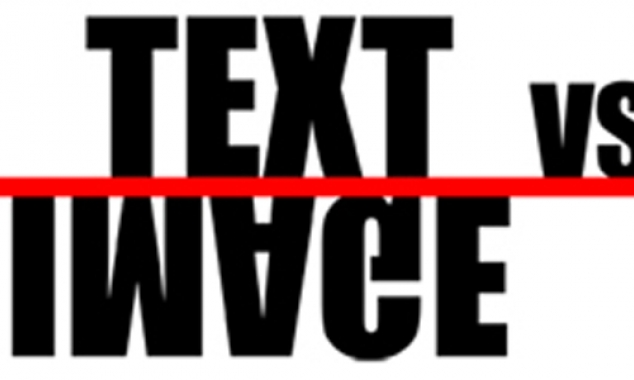It’s amazing how one’s reputation is more of a public responsibility than a personal one in today’s world! There are innumerable examples to prove and illustrate this statement. It often makes me wonder if first impressions still hold the same value as they did a few years back, considering that they are now determined not on personal meetings but on their social media presence today.
The Stubenville Rape case is no breaking News to us now but had it not been for the Twitter updates that gave us an insight into that unfortunate incident, the Football heroes would have been celebrated for years to come. Explicit tweets from the offenders made it difficult to overlook the details of their gruesome deeds and made it possible for the public to see the truth behind the idolized faces.
Fawzia Koofi, Afghanistan’s first potential woman president, was able to lend a voice to her aspirations and dreams because of Youtube! With her country being so harsh on women, she is still high-spirited as she knows she can reach the global population through social media and be heard worldwide. Once again, we learn how the virtual networking world enables individuals to transcend through the geographical shadows and lines of nations, thus earning oneself an international reputation.
Not only are individuals advocates of social media, instead, companies and organizations face similar issues too as it is more sensitive an issue for them to guard their reputation in the social media world…especially since the consumer market is huge and keeping each and every member happy in this group is next to impossible.
Companies such as Carnival Cruise Lines, Cadbury, Nestle and the like have faced the backlash of social media when they have not responded to crisis well. They have learnt the lesson in the hard way through negative comments and delirious allegations. On the other hand, Dominos, Toyota, Johnson&Johnson proved to be intelligent users of social media, which they proved through their timely response when crises hit them. This resulted in brand loyalty and the consolation within their target audience that these companies understood their responsibilities and therefore were worthy of being trusted in the future too.
We can therefore learn from the examples above that it is not easy to maintain one’s reputation as easily as it was in the earlier days through our actions. With so many external forces acting on us, it requires an intelligent user of social media to keep the reigns under control.












